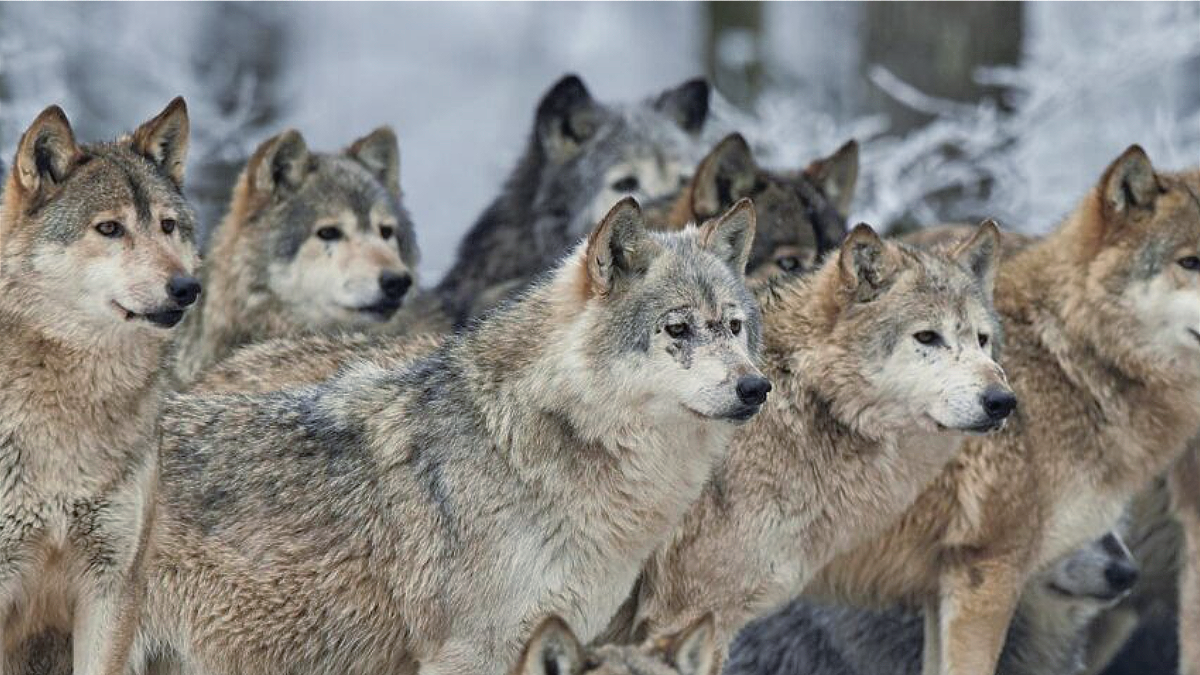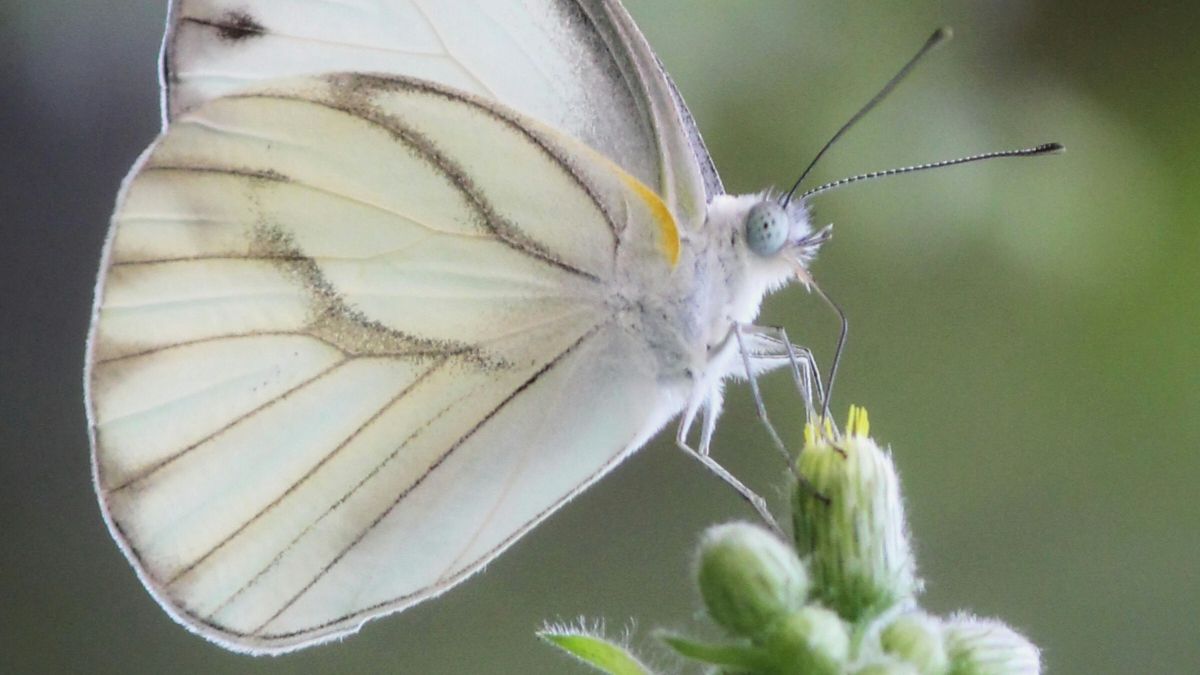New Publication: “New research illuminates the ecological importance of gray wolves in the American West”

A recent publication in the journal Bioscience illustrates the importance of top predators in shaping natural ecosystems (in this case, gray wolves in the western U.S.). Led by William Ripple, a scientist at Oregon State University and CBI Associate, the research explores how the loss of gray wolves in the West impacts plant and animal communities and the overall function of the ecosystem.
By the 1930s, gray wolves were removed from most of the Western U.S. and its national parks. Examining three national parks (Yellowstone, Olympic, and Wind Cave), the authors of this publication clearly demonstrate that the significant increase in ungulate populations correlates with the declines in deciduous trees that occurred following the removal of these animals.
The paper also calls attention to “shifting baselines” wherein increasingly degraded conditions are often viewed as reflecting the historical state of the system. The authors write, “Studying an altered ecosystem without recognizing how or why the system has changed over time because of the absence of a large predator could have serious implications for wildlife management, biodiversity conservation, and ecosystem restoration, like diagnosing a sick patient without a baseline health exam.”
It is clear that the loss of top predators has major consequences for the health of natural ecosystems; however, as the authors remind us, there are likely other factors such as fire suppression, invasive species, and overgrazing that we need to examine closely. By acknowledging the historical presence of large predators, other anthropogenic legacies, and their potential ecosystem effects, researchers can contribute to more effective conservation and management strategies in national parks and beyond.
New Publication: “Sustainable nature-based solutions require establishment and maintenance of keystone plant-pollinator interactions”

CBI’s ecologist, Chris Cosma, co-authored a recent publication that focuses on ecosystem regulators on the opposite end of the animal food chain – insects.
As global climate change continues to threaten biodiversity and the provision of ecosystem services, nature-based solutions (NBS) seek to integrate societal and ecological aspects of environmental problems, thereby benefiting humans while minimizing ecosystem degradation. Despite the recognition that ecosystem services rely on biodiversity conservation, NBS generally has not given sufficient attention to the biodiversity component, especially as it pertains to insects. Although NBS encompasses ecosystems of all types, at their core, many NBS depend upon plants that, in turn, depend upon pollinators.
Unfortunately, populations of many insect pollinators such as bees, butterflies, and moths have plummeted in recent decades. These declines highlight the interconnected nature of plant and pollinator conservation. The reproduction of almost 90% of angiosperms and 70% of the main human food crops are tied to the animals that pollinate them. Thus, the global change-driven loss of pollinators represents both the loss of biodiversity and the loss of a critical ecosystem service. The sustained success of NBS therefore depends upon preserving resilient pollinator communities, which can be accomplished by prioritizing keystone species and interactions that maintain function under future climates.
New Publication: “Evidence of increasing wildfire damage with decreasing property price in Southern California fires”

Alexandra Syphard and Erin Conlisk of CBI’s Conservation Planning & Management Team helped examine the disproportionate socio-economic impact of wildfires in Southern California. Using the Zillow Transaction and Assessment Database (ZTRAX), spatial analysis of wildfire severity, home destruction, and property value was examined within fire perimeters occurring from 2000–2019.
The authors found evidence to support the hypothesis that lower-priced properties were more likely to be damaged, however, the likelihood of damage and the influence of property value significantly varied across individual fire perimeters. When considering individual fires, properties within two 2003 fires (Cedar and Grand Prix – Old Fires) showed statistically significant decreasing burn damage with increasing property value. Occurring in 2007 and later, three fires (Witch-Poomacha, Thomas, and Woolsey) showed no significant relationship between price and damage.
Further exploration into this topic is needed. In the meantime, decision-makers should consider allocating wildfire risk mitigation resources such as fire-fighting and wildfire structural preparedness resources to more socioeconomically vulnerable neighborhoods in Southern California.
The Wildfire Academy

In the past several years, CBI has developed a reputation for expertise in the applied science of wildfire prevention, management, and recovery. Our team of experts is constantly in demand, and we have come to recognize that our team’s knowledge and approach have the opportunity to scale its impact through education. As such, CBI has embarked upon the creation of The Wildfire Academy, an educational program that addresses the impact of wildfire grounded in the best available science and accessible to all. The program is being designed to educate landowners, students, policymakers, and other decision-makers on this important topic as we continue to live in a rapidly changing world.
We are actively seeking sponsors for the program, if interested, or for any other inquiries, please email us at marketing@consbio.org.